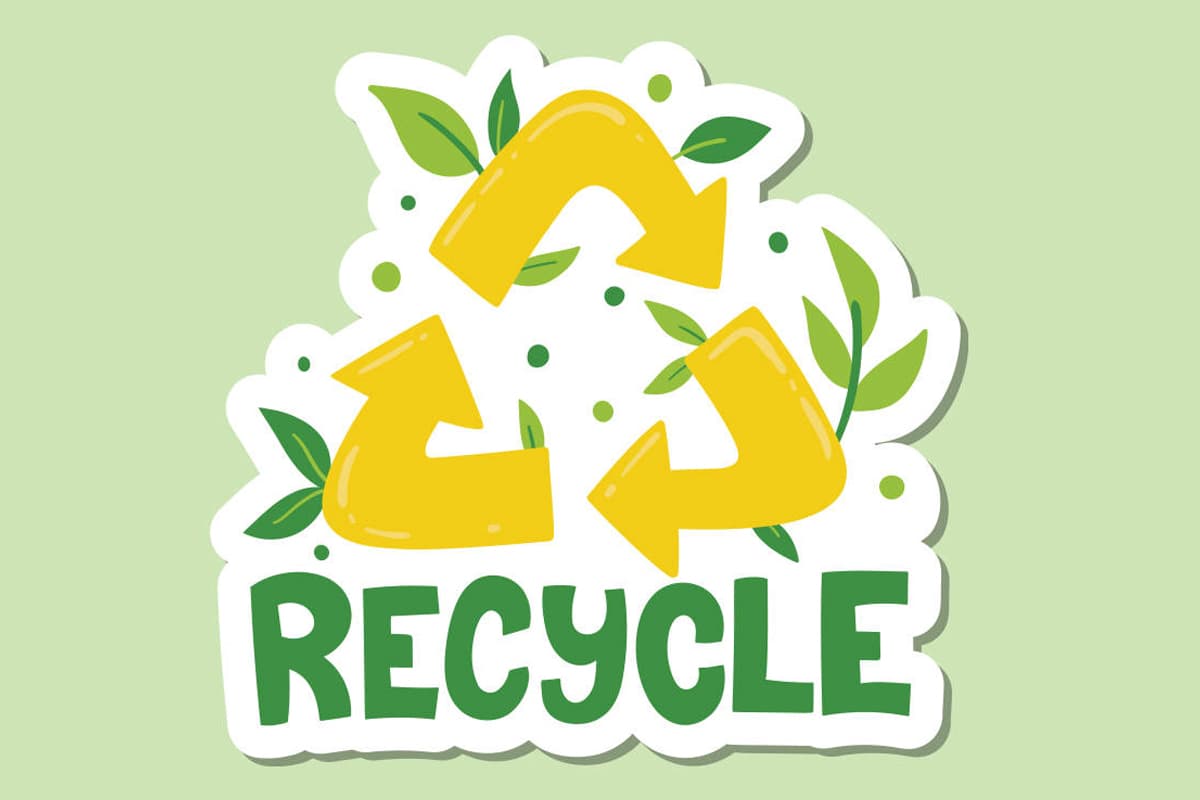
This article first appeared in The Edge Malaysia Weekly on June 20, 2022 - June 26, 2022
Many companies have complained of a shortage of recyclable plastics globally, which hampers their progress in integrating recycled plastic into their products. A contributing factor could be the low plastic recycling rate, which the Organisation for Economic Co-operation and Development (OECD) estimates to be 9% globally in 2019.
A similar situation is observed in Malaysia. The National Solid Waste Management Department has set a recycling target of 40% by 2025. However, a report by the World Bank found that Malaysia recycled just 24% of its key plastic resins in 2019.
But Malaysia does not lack recycling infrastructure, observes Ellen Martin, director of impact and insights at The Circulate Initiative (TCI). The non-profit organisation is committed to solving plastic pollution by establishing circular, inclusive and investible recycling systems in emerging markets.
“As the population has grown and consumption of plastic has increased, recycling rates have not really grown in tandem,” says Martin, adding that more must be done to encourage behavioural change.
TCI and Delterra, an independent non-profit organisation focusing on redesigning recycling systems in emerging markets, published a report in April based on data from recycling projects in Indonesia and Argentina.
The report highlights four key insights to increase the recycling rate in local communities. For instance, messaging unique to each community, personal engagement and tailored programmes can make recycling campaigns more effective.
“It’s important to look at how we can change behaviours and make sure that, along that journey, we are supporting people,” says Violy Purnamasari, project lead at Delterra.
The onus of increasing the recycling rate should not be entirely on the people. Businesses should go the extra mile to understand the struggles of communities, adds Violy.
“If [a company’s global policy for recycling] is not being localised or there are no recycling facilities where businesses operate, then it doesn’t make a difference. So, it’s important for the private sector to understand the culture and the local context where they are operating.”
Additionally, businesses should look beyond the linear economy’s “take-make-use” model and go into the circular economy, where materials are kept in use as long as possible, and products and services are designed not to produce waste in the first place, according to the Ellen MacArthur Foundation.
For instance, unnecessary multi-layer packaging can be eliminated. Referring to a report that TCI did in partnership with the Resilient Cities Network and Ocean Conservancy, Martin points out that almost half of the packaging of food available for consumers was made of multi-layer packaging.
“That means the sachet or bag is made of plastic, metal and paper. This is difficult to recycle. In terms of the design, businesses have the opportunity to think about how they could do this in a more circular way, which could be more cost-effective as well,” says Martin.
Some Malaysian businesses are already heading in this direction. For instance, Petronas Chemicals Group Bhd signed a memorandum of understanding with KDEB Waste Management and One Biosys Sdn Bhd in March to divert plastic waste from landfills to be developed into new plastic.
It is also important for businesses to consider the social aspect of recycling. In developing countries, many people rely on selling recyclable materials to earn an income.
“A lot of that recovery is still being done by informal or unorganised workers. We want to make sure that there are jobs created and that people can still build livelihoods within the circular economy,” says Martin.
Save by subscribing to us for your print and/or digital copy.
P/S: The Edge is also available on Apple's AppStore and Androids' Google Play.